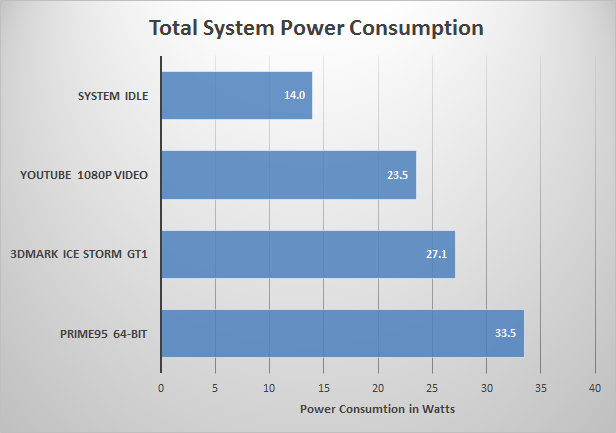- Aug 25, 2001
- 56,579
- 10,215
- 126
Just curious if anyone had any thoughts or suppositions. It's a SoC, and BCLK OC is risky due to PCI-E and SATA crapping out, but what if they shipped them with an unlocked multiplier?
I'm honestly a bit curious how high the Kabini silicon can clock.
Not to mention, they would make nice little "speed racers", and, at the same price point as Intel big-core Celeron CPUs, if AM1 were unlocked, they might offer better value at the low end, and might win sales from Intel.
I'm honestly a bit curious how high the Kabini silicon can clock.
Not to mention, they would make nice little "speed racers", and, at the same price point as Intel big-core Celeron CPUs, if AM1 were unlocked, they might offer better value at the low end, and might win sales from Intel.




